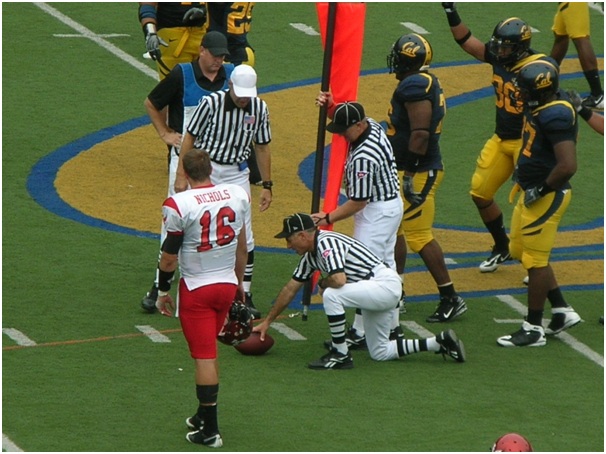You must discuss this with your child’s optician and doctor if they have strong prescriptions. Thin, lightweight lenses improve the comfort and look of the frames. Also, lenses should not be thick, as they could damage your eyesight. This way, your child will not lose their glasses, and you’ll be able to buy as many pairs.
Polycarbonate frames
Kids need protection from the sun’s UV rays. Choose frames and lenses made from polycarbonate. This material blocks more than 99 percent of the sun’s ultraviolet rays and requires no special coatings. Children spend more time outside than adults, and about half of their lifetime UV exposure occurs before 18. Overexposure to UV rays has been linked to conditions like cataracts and macular degeneration.
If your kid is active, choosing glasses for kids with a high-quality polycarbonate frames is essential. In sports that involve fast-moving objects, eye injuries can occur due to contact with fingers or elbows. Real Kids sunglasses have polycarbonate frames and lenses that protect your child’s eyes from any impact. For more information, consult with your eye doctor. If your child is allergic to metal frames, consider a frame made of hypoallergenic polycarbonate.
Photochromic lenses
Choosing photochromic lenses for kids’ glasses makes sense if you’re concerned about eye strain. These lenses can change color from clear to dark depending on the sunlight they’re exposed to. In addition, kids will appreciate the convenience and the “cool factor” that photochromic lenses bring. ABOC-certified optometrist Bill Curran recommends photochromic lenses. He says these lenses can protect kids’ eyes from harmful UVA and UVB rays and won’t require a change in eyewear.
Some kids have multiple pairs of glasses. Photochromic lenses are made of plastic or polycarbonate and compatible with any frame style. Glass frames require a different process to create photochromic lenses than plastic. Children’s sports glasses should have polycarbonate lenses as they are more resistant to scratches and breakage.
Smaller frames
While sizing children’s glasses is essential, remember to choose glasses that fit properly. This will encourage correct eye alignment, as well as compliance. Furthermore, small frames appeal more to children, who may have difficulty adjusting to larger ones. It is also essential to choose impact-resistant lenses – the most impact-resistant lens material is polycarbonate. Another benefit of a specialized anti-reflective coating is that it will protect the eye from harmful glare and light, enhancing a child’s vision.
If the prescription is higher, choose glasses with a more petite frame. Kids with a stronger prescription should choose drinks with a tapered or round shape. Children with more potent drugs should avoid thicker frames, as the outside edge of the lenses will be thick. Smaller frames are also better for smaller faces, as they are less likely to break. Whether a child wears glasses for aesthetic or practical reasons, these glasses are a smart investment for a child’s future.
Durable lenses
When buying children’s glasses, look for durable frames and lenses. Plastic lenses are not always the best choice for kids, but some are durable enough to withstand daily play. One type of durable lens is polycarbonate, which is known for its high impact resistance. These lenses also have built-in UV protection and are lightweight. While they do not offer the most precise vision, polycarbonate lenses can be a practical choice for toddlers. Trivex plastic is another popular lens material.
Another important consideration when buying frames and lenses for children is durability. Polycarbonate and Trivex lenses are suitable for kids’ glasses because they offer the best impact resistance. However, children who fall often can break or scratch lenses made of non-impact-resistant materials. “It’s better to get impact-resistant lenses than cheap plastic lenses,” says Catherine Jordan, MD, a pediatric ophthalmologist and optician at Nationwide Children’s Hospital. In addition, polycarbonate lenses are typically covered by most insurance plans.
Trendy frames
Trendy frames for kids can be a great way to make your child feel more confident while wearing glasses. These brands provide affordable frames for your child and many different styles. Kids will love the stylish designs of their new eyewear. They will send seven frames to your child for a week, allowing them to decide if they like them, then ship them back for free. They will even work with you to find the right glasses for your child. In addition, the company offers sports goggles with high-quality materials, such as polycarbonate rims. Some pairs even have silicone nose pads and elastic straps.





